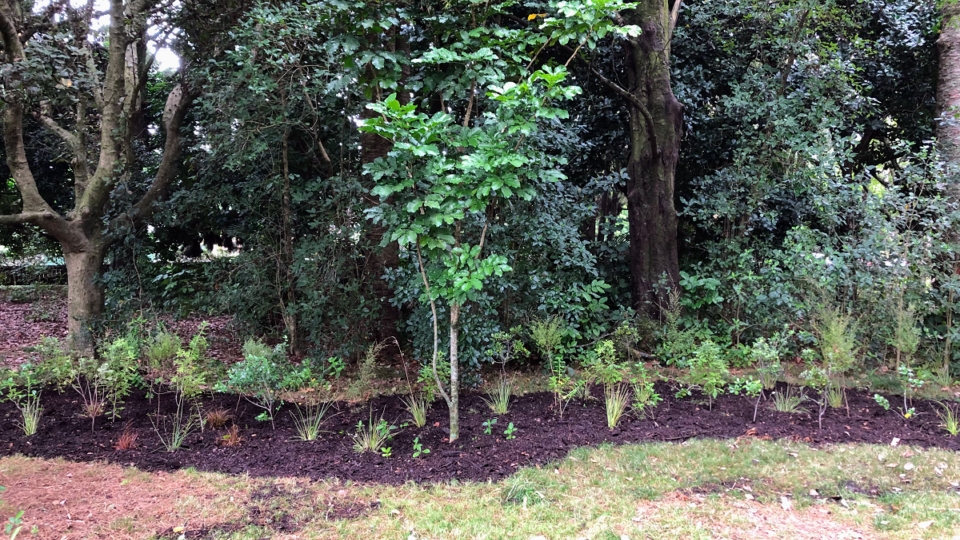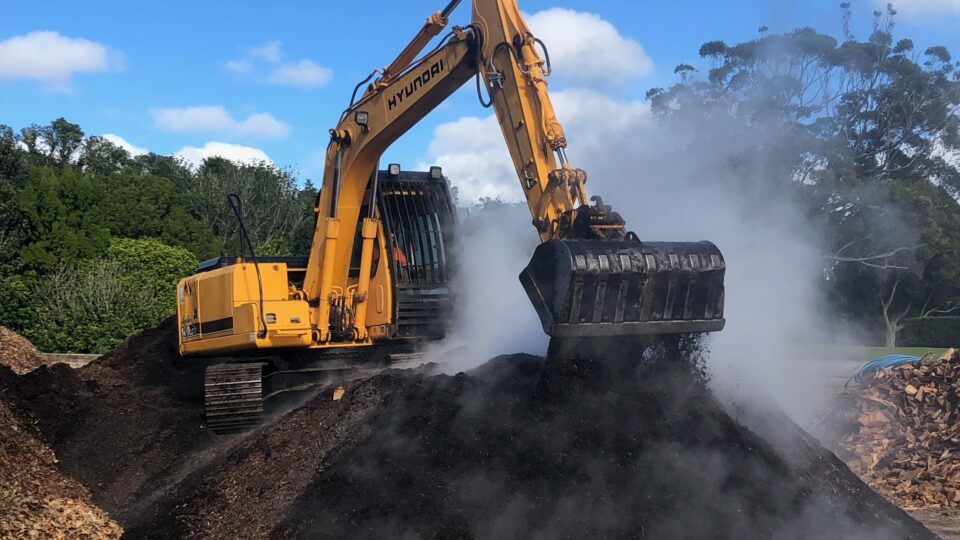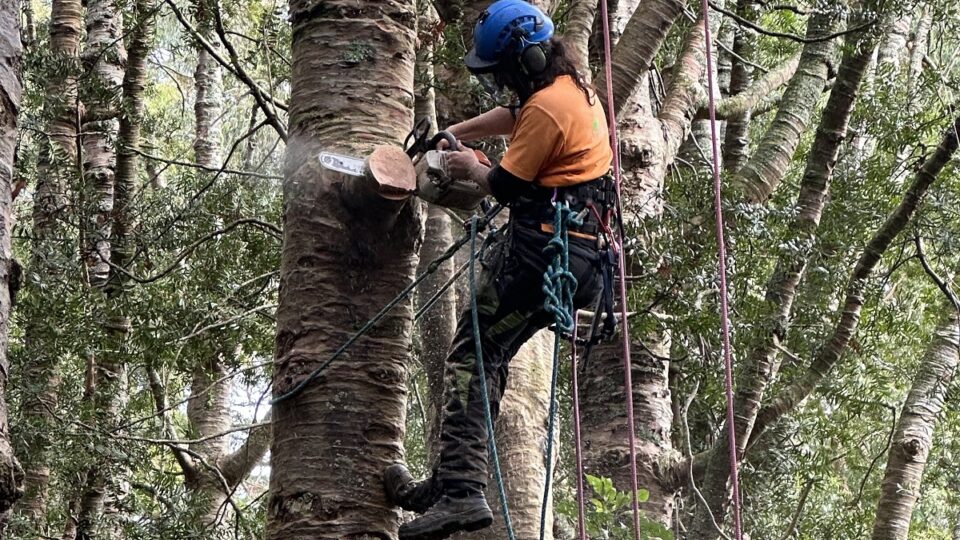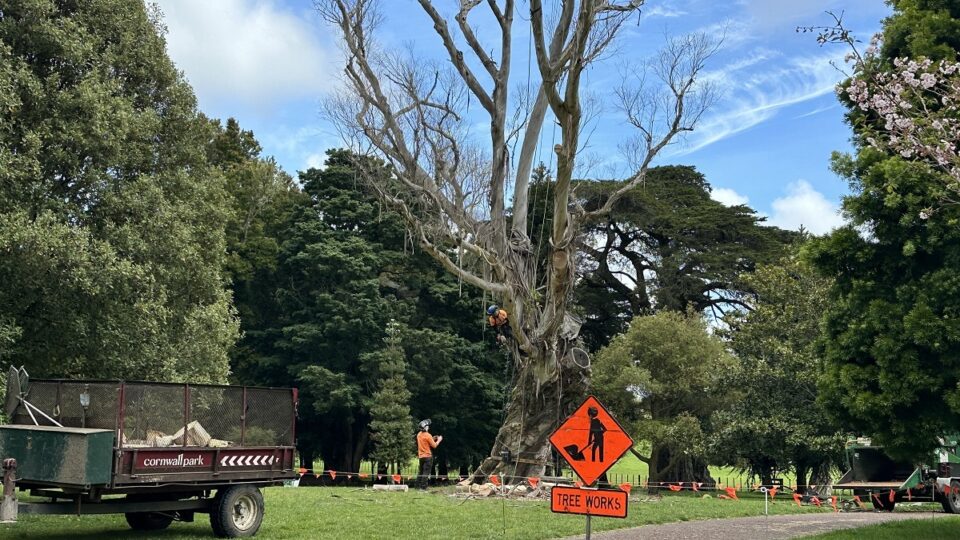Ecology
lifecycle of a tree in cornwall park
A tree's lifecycle is an important part of keeping Cornwall Park’s ecosystem healthy. Our trees are at the forefront of the park, providing shade, beauty, peace and tranquillity for humans and homes and food for birds, insects and fungi. Our arborists and nursery teams take pride in planning, planting, supporting and maintaining our trees so that each step of the tree lifecycle interconnects, our visitors are safe and our trees are healthy.

Planning and Planting
The approximately 9,000 trees in Cornwall Park inspire awe among many of our visitors. The park founder, Sir John Logan Campbell started planting trees in the park in the 1870s after creating his original Master Plan with landscape architect Austin Strong. All our plantings are guided by Sir John’s Master Plan.
We plant 80 to 100 trees each year, either to replace those that have reached the end of their life cycle, as part of new designs or developments, or to aid a healthy ecosystem.
Our horticulture team grows plants from seeds collected from the park at our nursery and propagates them in our greenhouses. Our arborist team sources trees from local growers. Once the trees are large enough it’s time for them to move out of the nursery into the park.
Trees are planted in winter to ensure that they get enough water to ensure healthy growth. They use several methods, using diggers, tractors and tree augers to help move trees and dig. To transplant larger trees a tree spade is used. This spade has blades to circle the entire tree, including the roots and puts it into the ground in one piece.

Early Years
Adding mulch to the base of young trees is crucial, as it serves both as a protective layer and a shield against various weather conditions. We use and make our own mulch made from recycled plants and wood. We are fortunate that the park's soil is volcanic, making it rich in nutrients, so we only occasionally need to add compost. A tree grows rapidly in the early years, and we do not want to disrupt this growth, so we only prune for their health or for public safety reasons.

All Grown Up
Trees mature at different rates and can live healthily for 20 to 1000 years. Some of our older trees were originally here in the park when it opened in 1901. Our mature trees are essential as they fruit and flower and become crucial to the park’s ecosystem by feeding our insects and birds. This is one main reason why we don’t allow foraging in the park.
Our arborists use risk-rating tools to keep track on tree health and ensure they are safe for visitors to be around. Through our risk management system, they can work out what work needs to be done – either pruning, removing, nurturing or adding nutrients.
For older trees, one of our biggest jobs is monitoring deadwood. Deadwood can be dangerous as it rots and falls from trees, but it also provides a habitat and food for insects and birds, so we don't want to remove it all.


End of Days
Trees that have reached the end of their lifecycle or “senescence” are prone to health problems and are more vulnerable. They grow slower and produce fewer leaves relative to their total size, so they are not able to photosynthesise as well.
With resource consent, our arborist team will remove trees which are dying. Then they will replant the same species or something similar in its place, drawing on a vast knowledge of what works well in the space. Trees that we remove still have a role to play in the park as our arborist team will either turn them into mulch or split the logs into firewood to be used for our wood BBQs. We also mill our wood to be used for tree enclosures and fences in the park.
Learn more about our trees at Huia Lodge Discovery Hub or read Nature in the City to learn more about our ecosystem.
